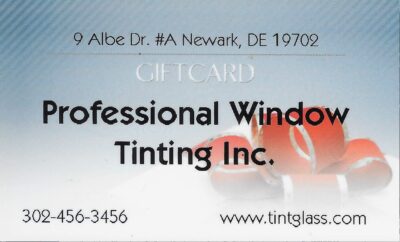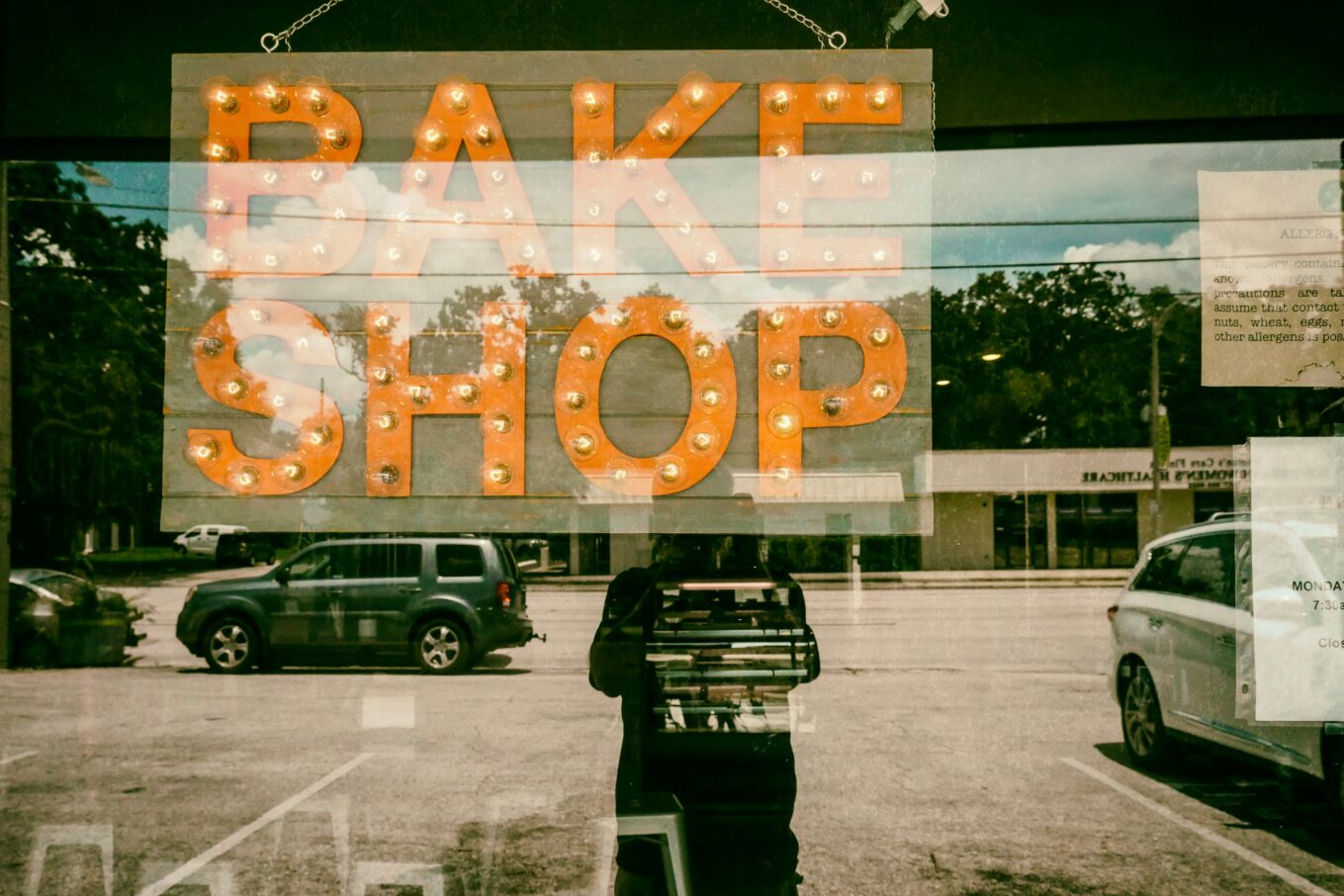Baltimore property managers face a critical decision point as Maryland’s Building Energy Performance Standards (BEPS) compliance deadlines approach. Finding a return on investment (ROI) with commercial window film in Baltimore starts with understanding how inefficient glazing drives up operating costs and creates employee discomfort in office buildings across the city.
Window film installations deliver measurable returns through reduced heating, ventilation, and air conditioning (HVAC) loads, lower utility bills, and improved building performance metrics. This article provides a step-by-step ROI template for property managers evaluating commercial window film solutions as part of their efficiency upgrade strategy.
Contents
Energy Challenges Facing Baltimore Properties
For office buildings in Baltimore and surrounding areas, these efficiency upgrades directly address the high energy costs associated with the region’s distinct seasons.
Many older office buildings face additional challenges from single-pane or inefficient windows that allow excessive solar heat gain during summer months and heat loss in winter. Property managers often report occupant complaints about temperature inconsistency, glare on computer screens, and rising energy bills.
What Is Total Solar Energy Rejection?
Total Solar Energy Rejection (TSER) measures how much solar energy a window film blocks from entering your building. High-performance 3M window films can reject up to 79% of total solar energy, according to the 3M™ Sun Control Window Film Prestige Series data sheet, while maintaining natural light and providing UV protection. This metric directly impacts your cooling load calculations and determines potential energy savings for efficiency upgrades.
Key Performance Metrics
- TSER: Percentage of total solar energy blocked by the film
- Visible Light Transmission (VLT): Amount of natural light that passes through, measured as a percentage
- UV Rejection: Blocks 99% of harmful ultraviolet rays that cause fading and skin damage
How to Calculate Your Window Film ROI
You can estimate your return on investment using a straightforward formula that accounts for baseline energy use, film performance, and local utility rates. Start by identifying your current HVAC consumption in kilowatt-hours (kWh) during peak cooling months through benchmarking buildings data from your utility bills.
Next, multiply your baseline cooling load by the film’s TSER percentage to estimate kWh reduction. For example, if your building consumes 50,000 kWh monthly for cooling and you install film with 60% TSER, your estimated monthly reduction is 30,000 kWh (50,000 × 0.60 = 30,000).
Final figures require a site survey because window orientation, existing glazing type, and HVAC efficiency all affect actual performance.
Important Benefits Beyond Cost Savings
Commercial window film solutions provide value that extends beyond utility bill reduction for energy management. UV protection prevents fading and damage to interior furnishings, flooring, and equipment, extending the lifespan of your capital investments.
Additional Performance Benefits
- Glare reduction: Improves occupant comfort and productivity in spaces with computer screens or south-facing windows
- Security enhancement: Holds glass fragments together during impact events
- Privacy control: Allows natural light while obscuring views into sensitive areas
According to 3M product specifications, these films block 99% of harmful UV rays while maintaining Visible Light Transmission (VLT) levels appropriate for office environments. Security films add an additional layer of protection without the maintenance requirements of blinds or curtains.
Steps for a Successful Film Upgrade
Professional assessment begins with a site survey to evaluate your existing glazing, measure window square footage, and document current HVAC performance. We review your utility bills to establish baseline energy consumption and identify peak demand periods.
This data allows us to match your building with the appropriate film specification from 3M’s commercial product line. Installation by certified professionals ensures proper adhesion, eliminates bubbles or defects, and maintains manufacturer warranty coverage.
Most commercial projects proceed during normal business hours with minimal disruption. The specific 3M Product Code for your project will be provided after our site survey; Baltimore-area installations typically have a 2 to 3 week lead time. Our single-point project management includes an onsite survey, warranty details, and maintenance recommendations.
FAQs
Q: What is the typical Visible Light Transmission (VLT)?
A: We offer options ranging from 20% to 70% VLT, per NFRC ratings.
Q: What is the warranty coverage?
A: 3M offers up to 10 years of coverage (see 3M Warranty Terms).
Q: How long does installation take?
A: Most commercial installations are completed within 1 to 2 days per floor.
Q: What maintenance is required?
A: Follow the manufacturer’s care guide for cleaning and avoid abrasive materials.
Q: What happens during an onsite survey?
A: We measure your windows, assess the existing glazing, and collect the necessary data to provide a tailored ROI analysis and product recommendation.
Ways to Optimize Window Film ROI in Baltimore
Combining window film installation with other efficiency upgrades can amplify your total energy savings and accelerate payback periods. LED lighting retrofits, improved insulation, or HVAC system upgrades work together to reduce overall building energy consumption.
Window film installations may contribute toward Leadership in Energy and Environmental Design (LEED) certification points in the Energy and Atmosphere category by reducing cooling loads and improving thermal comfort. Projects that demonstrate measurable energy savings (per our energy model, which assumes an average electricity rate of $0.12/kWh and Baltimore’s peak cooling climate data) can support green building documentation requirements. Final savings may differ based on actual site conditions.
Post-installation monitoring through utility tracking software verifies actual savings and documents performance for building performance reporting. You can compare monthly kWh consumption before and after installation to validate ROI projections.
Your Next Step for a Tailored ROI Analysis
Professional Window Tinting provides commercial modeling services specifically designed for Baltimore office buildings navigating energy management and efficiency upgrade decisions. We calculate site-specific ROI projections using your actual utility data, building characteristics, and local climate conditions.
Our certified installers serve commercial clients throughout Baltimore, MD with 3M window film solutions backed by industry-leading warranties. We provide single-point project management for commercial installations, including procurement details, installation timelines, and warranty documentation required for facility management records.
Get a Free Estimate to receive a detailed assessment of your building’s energy savings potential, product recommendations, and a customized payback analysis.




